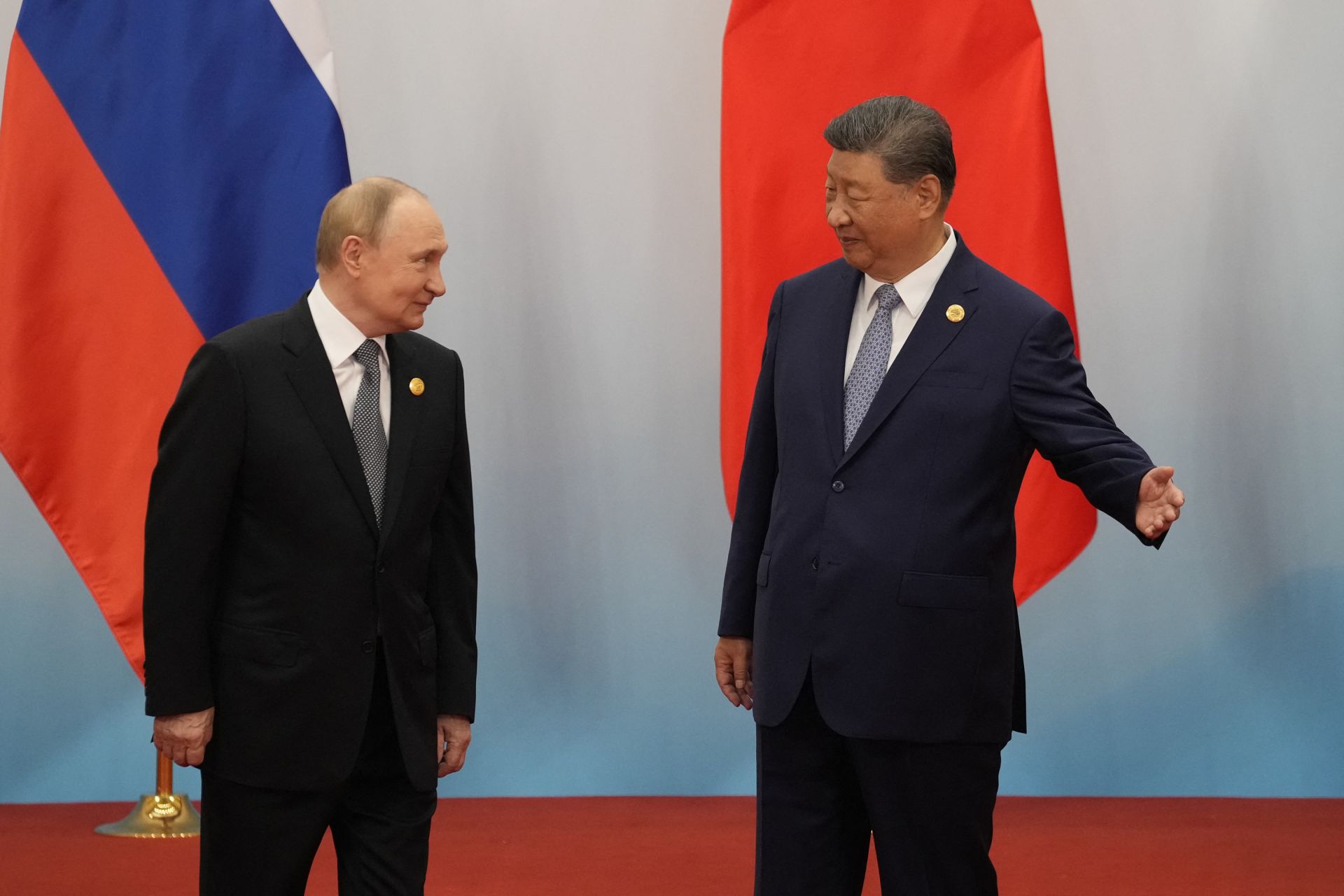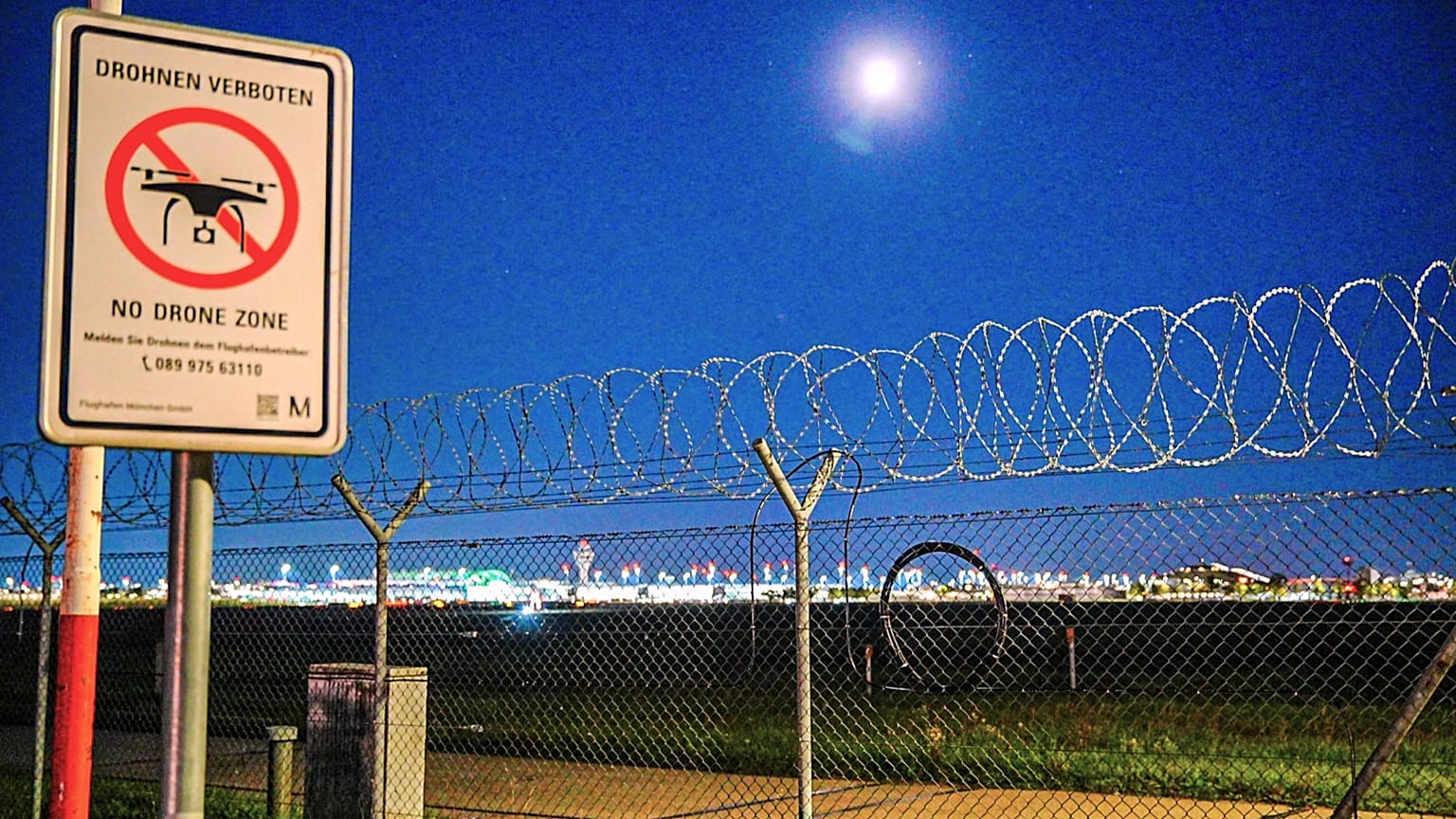The evolving partnership between Chinese President Xi Jinping and Russian President Vladimir Putin has drawn the attention of the international community. Their growing alignment signals an ambition to present an alternative to the Western-led global order, with both leaders emphasizing strategic cooperation at a time of heightened geopolitical tensions.
This relationship has developed against the backdrop of escalating friction with the United States and its allies. China’s rise as an economic and military powerhouse, coupled with Russia’s continued challenge to Western policies, has paved the way for deeper collaboration between the two nations. Their frequent public appearances and mutual support in key international forums underscore this shared vision for a multipolar world.
Observers note that Xi and Putin’s recent meetings have highlighted a convergence of interests rather than a mere symbolic alliance. Both nations share an objective of reducing dependence on Western-dominated financial systems, strengthening trade routes outside traditional channels, and asserting greater influence in regions like Asia, Africa, and Latin America. These efforts reflect a desire to counterbalance what they perceive as an overreach of U.S. authority in global affairs.
China’s diplomatic positioning has been especially assertive in recent years, projecting itself as a mediator and a proponent of stability while simultaneously increasing its military presence in key areas. The country’s Belt and Road Initiative continues to expand economic connectivity, offering infrastructure investments to developing nations. This strategy serves not only to boost trade but also to enhance China’s political influence across emerging markets, positioning it as a viable alternative to Western institutions.
Russia, on its end, is determined to preserve its significance despite dealing with major sanctions and political seclusion from Western countries. By enhancing its relationship with Beijing, Moscow acquires a crucial ally in commerce and technology, aiding in alleviating the economic impacts of Western limitations. This mutual reliance has intensified since Russia’s participation in the Ukraine conflict, which widened the gap with Europe and the United States.
Both leaders have repeatedly emphasized respect for sovereignty and non-interference in internal affairs, a stance they contrast with what they describe as interventionist policies of Western powers. This narrative appeals to nations that feel marginalized or constrained by Western diplomatic pressure, making the China-Russia bloc a compelling option for countries seeking alternative partnerships.
Energy cooperation remains a cornerstone of their alliance. Russia has redirected much of its oil and gas exports toward Asian markets, with China emerging as one of its largest buyers. Pipelines and long-term contracts ensure steady supplies, while Beijing secures essential resources for its rapidly growing economy. This energy axis strengthens their mutual dependency and reinforces the durability of their relationship.
Military cooperation represents another essential aspect. Combined drills and the exchange of defense technologies between the two countries have risen notably, indicating not just a diplomatic alignment but also a strategic enhancement. Although both leaders claim this partnership is primarily defensive, experts argue it sends a message to the Western nations that the international power dynamic is changing.
The significance of Xi and Putin appearing side by side at international gatherings is immense. Their alliance indicates that the time of unquestioned Western leadership could be waning. By aligning their stances on topics like global management, commerce regulations, and resolving disputes, they strive to influence organizations and standards to mirror their own interests and principles.
Although the relationship is becoming more intimate, obstacles still exist. China remains wary of involvement in disputes that may negatively impact its international trade goals, whereas Russia aims to prevent becoming subordinate in this partnership. The economic power imbalance—where China is significantly more powerful than Russia—necessitates attentive handling to sustain shared benefits while preserving autonomy.
Western governments are worried about this alignment, seeing it as a threat to the liberal international order. Measures such as sanctions, diplomatic isolation, and military assistance to allies are being utilized to offset this developing alliance. Nonetheless, the steadfast cooperation between Xi and Putin indicates that this partnership is likely a strategic, long-term commitment rather than a temporary agreement.
The implications of this alliance extend beyond bilateral relations. For countries in Africa, the Middle East, and Latin America, it offers an opportunity to diversify alliances and access alternative sources of investment and security cooperation. As a result, the influence of Western powers in these regions may face gradual erosion, leading to a more fragmented global landscape.
Global organizations and multilateral forums are also likely to experience the effects of this partnership. Both China and Russia have signaled their intention to advocate for reforms in institutions such as the United Nations, the World Bank, and the International Monetary Fund. By pushing for changes that reflect a multipolar reality, they aim to weaken Western leverage in shaping international norms and economic systems.
From an economic perspective, China’s position as a worldwide production center and its progress in technology fields like artificial intelligence, telecommunications, and sustainable energy grants it considerable influence. Russia offers resources and military knowledge, forming a complementary synergy that furthers their mutual objectives. Together, they aim to establish a network that is more resilient to Western penalties and financial constraints.
The way people view this situation in each nation supports this path. State-controlled outlets in China and Russia often highlight the solidity of their alliance, presenting it as a stabilizing and equitable influence in international relations. This storyline finds a receptive audience at home, enhancing the authority of both governments as protectors of autonomy and liberty in a world they describe as ruled by Western agendas.
As the world observes the tightening bond between Xi and Putin, questions arise about the future of international relations. Will this alliance usher in a new era of geopolitical competition, or can it coexist with Western powers in a balanced framework? The answer will shape the course of diplomacy, trade, and security for decades to come.
One certainty remains: the relationship between China and Russia has evolved from pragmatic cooperation to a strategic partnership with global implications. As they continue to present themselves as champions of a multipolar order, their combined influence is set to reshape the international system, challenging assumptions about who leads and who follows in the 21st century.





